News
Editorial: Reflecting on a Month of LGBTQ Pride at iHorror

It’s hard to believe that the end of Pride Month is upon us. Undoubtedly, some of our readers are breathing a sigh of relief as they read this…if they read this.
For the last month, however, I’ve done my very best to more clearly define the intersection of horror and the LGBTQ community and to celebrate our community’s involvement in the genre.
To say I’ve learned a lot and met some of the most talented, hard-working people in the horror making business over the course of this series would be the understatement of the decade, and I thought that as this celebration came to a close, it would be a good time to reflect on some of the lessons learned.
Lesson #1 Homophobia is alive and well in the horror community…
I held my breath as I hit publish on the article that announced iHorror’s Horror Pride Month. I held my breath as I posted it to our Facebook page.
I had just started to breathe a sigh of relief after the first couple of positive comments and was thinking, “Maybe people will be cool with this…” before the vitriol, homophobia, transphobia, etc. began to show up in the feed.
For 12 hours that first day, I monitored the comments on the article, deleting abuse, and paying close attention to “debates” if one can call them that. That entire day was an internal war between resolve to continue and utter defeat.
It reminded me, however, of where the seeds for this Pride Month celebration were first planted.
A couple of years ago, my husband and I attended one of the largest horror conventions in the southwest in the course of my duties as a reporter for iHorror. While on a much needed smoke break outside, a dude standing next to us suddenly turned and said, “Is that a man or a woman?”
At first I wasn’t sure who he was talking to or about but I looked first to him and then turned to see where he was looking. There was a dude in full Vamp drag, and he was rocking it!
I turned back to the guy and said that it was, in fact, a man. He shook his head and I’ll never forget it what he said next.
“I nearly didn’t come this year because these freaks are always infesting the place,” and he turned and walked away before I could respond.
Now, mind you, there were a whole host of people in full costume, and not a few of them were women cross-dressed and putting their own campy slant on Freddy Kreuger, Michael Myers, and any other number of horror villains, but the guy zeroed in on the one man in drag because THAT was repulsive.
Undoubtedly, his remarks were made because he did not realize that Bill and I were a couple. We’ve been told before that we don’t “give off that vibe” whatever the hell that means.
I failed to address the homophobia that day, but I have been on a mission ever since, and no matter how many hateful comments I read during this Pride Month, no matter how many nasty direct messages I received, I knew that this time I could not and would not be silent.
As Horror Pride Month went on, there were fewer and fewer of these comments. I don’t know if they finally realized that it wasn’t going to stop the articles from coming or if they just ran out of ways to ask when “Straight Pride Month” was going to happen.
I personally like to think that one or two of them might have spent some time actually reading the articles and were positively affected by them. (A guy can dream, can’t he?)
If I inspired empathy in the mind of one person, then I’ll have counted this work a success. I’ve certainly spent a lot of time wondering how many times someone can post “I don’t care” on a set of articles before they realize that they do care, that they are uncomfortable with the topic, and maybe it’s time to consider why.
Either way, I’d like to take a moment to let all the people expressing their hate that we’ll be back next year for another Horror Pride Month series, and every year after that until Pride Celebrations are no longer needed.
Lesson #2 There are a whole lot of LGBTQ horror fans out there who have really loved what we were doing.
While there was plenty of hate to go around, I must say that there were an awful lot of people who expressed their support and their appreciation for Horror Pride Month.
Many wrote me to let me know that regardless of what anyone else said, they were so happy to read articles about their community and to know that iHorror was an open and accepting website.
I read more than one comment on articles expressing shock that LGBTQ writers, directors, authors, etc. had created some of their favorite horror films and written some of their favorite books which ultimately was at the heart of the mission for Horror Pride Month from its inception.
It brought a smile to my face as I began to recognize the names of people who shared or reacted to the articles repeatedly. I can’t list those names here, but know that I saw you, and this celebration was successful because of you.
Lesson #3 We still have a long way to go in the campaign for mainstream genre inclusion…
Odds are, even the most ardent horror fans who have seen every single wide release film of the last year can name maybe a handful of characters who were not cis-gender and straight.
In fact, I think most would be hard pressed to name three.
My mantra while crafting this series was: Inclusion. Visibility. Representation. Equality.
These four things mean the world to the LGBTQ community whether we’re talking about governmental decisions or our favorite entertainment.
One of the greatest threats to our freedom as a community of people is the denial of our existence.
If we cannot be seen, then why should anyone care if our needs are being met? If we cannot be heard, then why should anyone care about our grievances?
And yes, that includes the horror genre.
Horror has a massive audience, and presenting normalized LGBTQ characters in the films we love is important. Sure, it might be hard for certain members of the audience to take at first, but we are talking about a group of people who will sit and watch torture, murder, and a host of other atrocities with glee.
Surely, something so innocent as a man who loves another man or woman in transition to become a man is less threatening that those things, and surely they will adjust.
If Jordan Peele taught us anything with Get Out it is that there is a market for minorities in the genre, and I implore producers and studio heads to consider that when making decisions in the future just as I implore screenwriters to continue to include those characters in your scripts.
Lesson #4 …and that includes LGBTQ people of color…
As I spent time researching for Horror Pride Month, one thing became very clear quite early in the process: If queer people are hard to find in the genre, then queer people of color are damn near impossible.
I was determined to find queer horror creators who were black and Latino and Asian.
I honestly began to panic a little as I realized just how little representation exists. I began to scour message boards and filmmakers groups on Facebook desperately trying to find LGBTQ filmmakers, authors, screenwriters who were not white and emerged with only a handful.
While I can only guess at the reasons why, I have begun to believe it is because they feel the genre has no place for them either because of their race or their queerness, and that simply must change.
Regardless of the racist rhetoric we see and hear on the news daily, it is 2018 and there is simply no room for racial bias in the world. Horror has always been about “the other,” and it’s time we embraced the full implications of what that means in the genre.
Lesson #5 …and recognition of the fact that LGBTQ representation can and should include those whose identities are outside of the L & G.
This is something we continue to struggle with inside our own community. Bi-erasure, transphobia, and the not so subtle dismissal of people who are intersex or those who identify as aesexual, pansexual, hetero- and homo-flexible, etc. are common problems within our ranks when we should be welcoming them to the table for all the reasons I named for race issues above.
There, I said it.
Lesson #6 Inclusion is not going to happen all at once.
As much as I’d like to think that suddenly everyone will have the storied “a-ha” moment followed by the “we-should-get-on-this” reaction, I know that is simply not the case.
I do not advocate forcing LGBTQ characters in to every script and story. Doing so would achieve exactly nothing especially if those characters begin to feel as though they were shoe-horned into a film to fill a quota.
And so, as much as I have trouble doing so, I and the rest of the LGBTQ community must be patient as the genre we love catches up to the time.
However, we must not become complacent in our patience. We should foster conversations on topics of inclusion and representation, not only in horror but in the world at large which leads me to the final lesson learned.
Lesson #7 One person may not be able to change the world, but they can certainly lend their voice to others fighting for the same cause in other arenas.
I didn’t write this series of articles to change the state of LGBTQ rights in the world. They don’t have the power to do that all on their own.
I can, however, help foster change in the world of genre films and fiction just like Dan Reynolds, front man of the band Imagine Dragons, is working to change the Mormon perspective on LGBTQ inclusion in response to Utah’s tragic youth suicide rates much like Dan Savage who started the “It Gets Better” project as an outreach to LGBTQ youth who feel that suicide is their only way out of the torment of bullies and parents who condone medieval practices like conversion therapy.
And then there’s Laverne Cox, the black trans actress and activist who has used her focus and platform to address the devastating murder rates of her fellow trans women.
How about George Takei, who uses his platform as a veteran of one of the most famous sci-fi franchises in history to speak for the rights of LGBTQ people everywhere?
There’s Martina Navratilova who refused to remain in the closet and live a lie and who has spent her life fighting to give other athletes around the globe the support they need to live their lives out and proud.
Ever heard of Peter Tatchell? He’s been campaigning for equal rights for the LGBTQ community since the 1960s and tirelessly works with foundations all over the world, especially in those countries where being queer can lead to imprisonment and death.
I’ve felt a connection to all of these people as I’ve written Pride articles this month much as I have felt a connection to those who came before us, paving the way with their blood, sweat, and oh so many tears.
So, no…perhaps I cannot change the whole world and their views on the LGBTQ community simply by writing articles about inclusion in the horror genre.
However, when I add my voice to the chorus of these and countless others, most of whom have names you will never hear, who are working tirelessly for inclusion, visibility, representation, and equality, I tell you I can feel that change taking place.
And so, until next time remember: Be proud of who you are. Support LGBTQ filmmakers, authors, screenwriters, producers, etc. in the genre, and use your own voice daily to keep the conversation, and our community, thriving.
'Civil War' Review: Is It Worth Watching?
Follow our new YouTube channel "Mysteries and Movies" here.

Lists
Thrills and Chills: Ranking ‘Radio Silence’ Films from Bloody Brilliant to Just Bloody
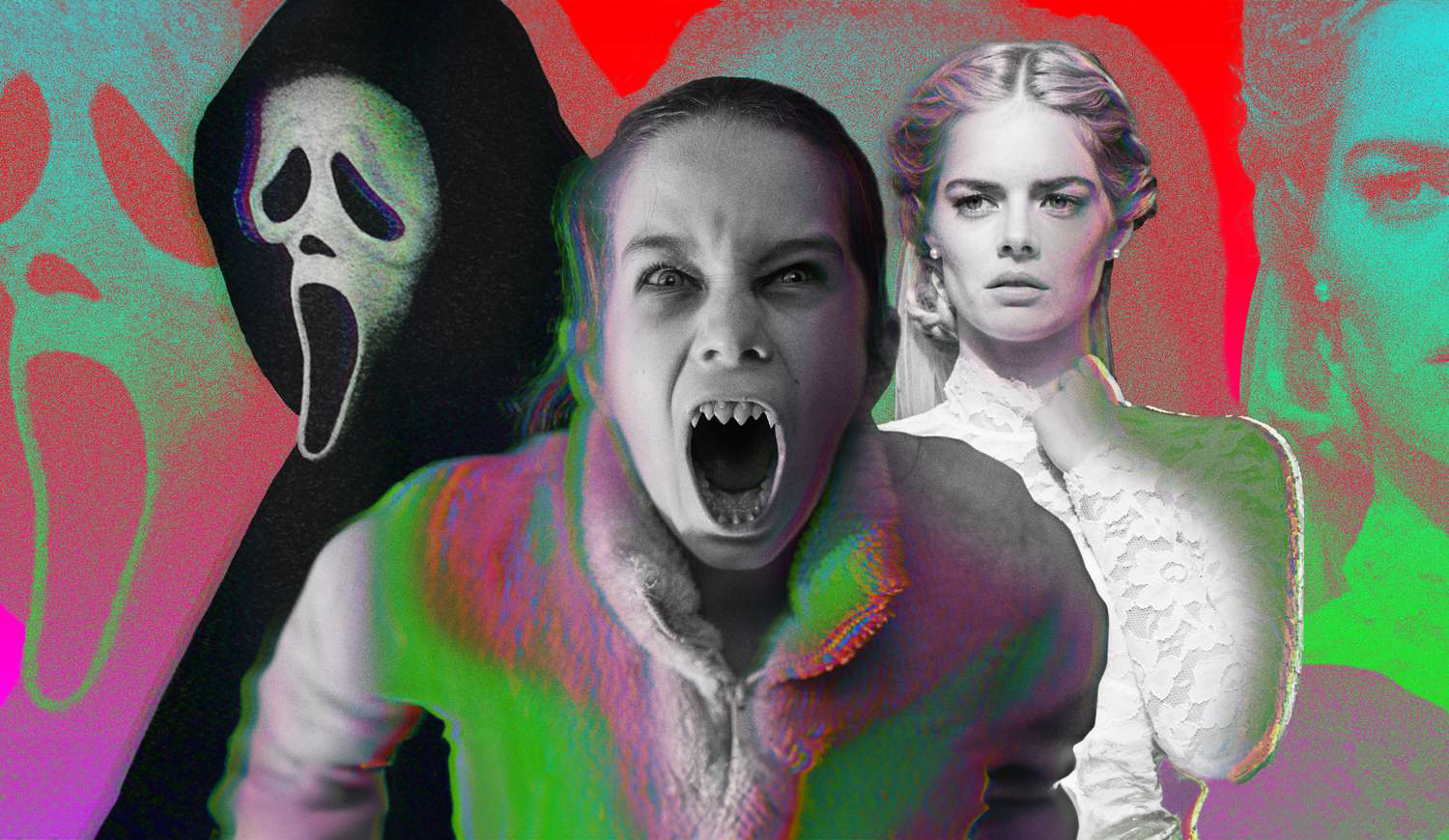
Matt Bettinelli-Olpin, Tyler Gillett, and Chad Villella are all filmmakers under the collective label called Radio Silence. Bettinelli-Olpin and Gillett are the primary directors under that moniker while Villella produces.
They have gained popularity over the past 13 years and their films have become known as having a certain Radio Silence “signature.” They are bloody, usually contain monsters, and have breakneck action sequences. Their recent film Abigail exemplifies that signature and is perhaps their best film yet. They are currently working on a reboot of John Carpenter’s Escape From New York.
We thought we would go through the list of projects they have directed and rank them from high to low. None of the movies and shorts on this list are bad, they all have their merits. These rankings from top to bottom are just ones we felt showcased their talents the best.
We didn’t include movies they produced but didn’t direct.
#1. Abigail
An update to the second film on this list, Abagail is the natural progression of Radio Silence’s love of lockdown horror. It follows in pretty much the same footsteps of Ready or Not, but manages to go one better — make it about vampires.
#2. Ready or Not
This film put Radio Silence on the map. While not as successful at the box office as some of their other films, Ready or Not proved that the team could step outside their limited anthology space and create a fun, thrilling, and bloody adventure-length film.
#3. Scream (2022)
While Scream will always be a polarizing franchise, this prequel, sequel, reboot — however you want to label it showed just how much Radio Silence knew the source material. It wasn’t lazy or cash-grabby, just a good time with legendary characters we love and new ones who grew on us.
#4 Southbound (The Way Out)
Radio Silence tosses their found footage modus operandi for this anthology film. Responsible for the bookend stories, they create a terrifying world in their segment titled The Way Out, which involves strange floating beings and some sort of time loop. It’s kind of the first time we see their work without a shaky cam. If we were to rank this entire film, it would remain at this position on the list.
#5. V/H/S (10/31/98)
The film that started it all for Radio Silence. Or should we say the segment that started it all. Even though this isn’t feature-length what they managed to do with the time they had was very good. Their chapter was titled 10/31/98, a found-footage short involving a group of friends who crash what they think is a staged exorcism only to learn not to assume things on Halloween night.
#6. Scream VI
Cranking up the action, moving to the big city and letting Ghostface use a shotgun, Scream VI turned the franchise on its head. Like their first one, this film played with canon and managed to win over a lot of fans in its direction, but alienated others for coloring too far outside the lines of Wes Craven’s beloved series. If any sequel was showing how the trope was going stale it was Scream VI, but it managed to squeeze some fresh blood out of this nearly three-decade mainstay.
#7. Devil’s Due
Fairly underrated, this, Radio Silence’s first feature-length film, is a sampler of things they took from V/H/S. It was filmed in an omnipresent found footage style, showcasing a form of possession, and features clueless men. Since this was their first bonafide major studio job it’s a wonderful touchstone to see how far they have come with their storytelling.
'Civil War' Review: Is It Worth Watching?
Follow our new YouTube channel "Mysteries and Movies" here.
News
Perhaps the Scariest, Most Disturbing Series of The Year

You may have never heard of Richard Gadd, but that will probably change after this month. His mini-series Baby Reindeer just hit Netflix and it’s a terrifying deep dive into abuse, addiction, and mental illness. What is even scarier is that it’s based on Gadd’s real-life hardships.
The crux of the story is about a man named Donny Dunn played by Gadd who wants to be a stand-up comedian, but it’s not working out so well thanks to stage fright stemming from his insecurity.
One day at his day job he meets a woman named Martha, played to unhinged perfection by Jessica Gunning, who is instantly charmed by Donny’s kindness and good looks. It doesn’t take long before she nicknames him “Baby Reindeer” and begins to relentlessly stalk him. But that is just the apex of Donny’s problems, he has his own incredibly disturbing issues.
This mini-series should come with a lot of triggers, so just be warned it is not for the faint of heart. The horrors here don’t come from blood and gore, but from physical and mental abuse that go beyond any physiological thriller you may have ever seen.
“It’s very emotionally true, obviously: I was severely stalked and severely abused,” Gadd said to People, explaining why he changed some aspects of the story. “But we wanted it to exist in the sphere of art, as well as protect the people it’s based on.”
The series has gained momentum thanks to positive word-of-mouth, and Gadd is getting used to the notoriety.
“It’s clearly struck a chord,” he told The Guardian. “I really did believe in it, but it’s taken off so quickly that I do feel a bit windswept.”
You can stream Baby Reindeer on Netflix right now.
If you or someone you know has been sexually assaulted, please contact the National Sexual Assault Hotline at 1-800-656-HOPE (4673) or go to rainn.org.
'Civil War' Review: Is It Worth Watching?
Follow our new YouTube channel "Mysteries and Movies" here.
Movies
The Original ‘Beetlejuice’ Sequel Had an Interesting Location
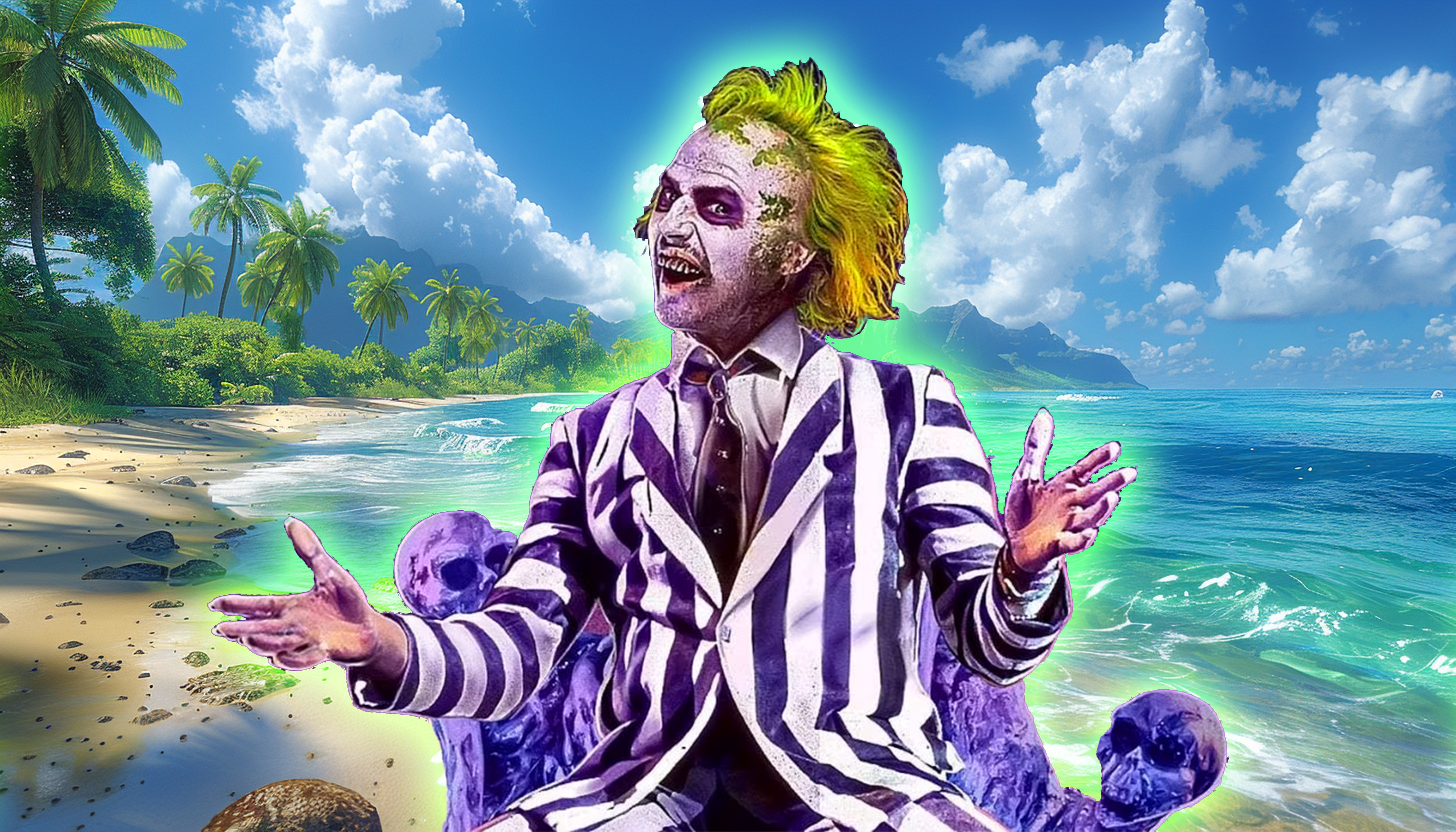
Back in the late ’80s and early ’90s sequels to hit movies weren’t as linear as they are today. It was more like “let’s re-do the situation but in a different location.” Remember Speed 2, or National Lampoon’s European Vacation? Even Aliens, as good as it is, follows a lot of the plot points of the original; people stuck on a ship, an android, a little girl in peril instead of a cat. So it makes sense that one of the most popular supernatural comedies of all time, Beetlejuice would follow the same pattern.
In 1991 Tim Burton was interested in doing a sequel to his 1988 original, it was called Beetlejuice Goes Hawaiian:
“The Deetz family moves to Hawaii to develop a resort. Construction begins, and it’s quickly discovered that the hotel will be sitting on top of an ancient burial ground. Beetlejuice comes in to save the day.”
Burton liked the script but wanted some re-writes so he asked then-hot screenwriter Daniel Waters who had just got done contributing to Heathers. He passed on the opportunity so producer David Geffen offered it to Troop Beverly Hills scribe Pamela Norris to no avail.
Eventually, Warner Bros. asked Kevin Smith to punch up Beetlejuice Goes Hawaiian, he scoffed at the idea, saying, “Didn’t we say all we needed to say in the first Beetlejuice? Must we go tropical?”
Nine years later the sequel was killed. The studio said Winona Ryder was now too old for the part and an entire re-cast needed to happen. But Burton never gave up, there were a lot of directions he wanted to take his characters, including a Disney crossover.
“We talked about lots of different things,” the director said in Entertainment Weekly. “That was early on when we were going, Beetlejuice and the Haunted Mansion, Beetlejuice Goes West, whatever. Lots of things came up.”
Fast-forward to 2011 when another script was pitched for a sequel. This time the writer of Burton’s Dark Shadows, Seth Grahame-Smith was hired and he wanted to make sure the story wasn’t a cash-grabbing remake or reboot. Four years later, in 2015, a script was approved with both Ryder and Keaton saying they would return to their respective roles. In 2017 that script was revamped and then eventually shelved in 2019.
During the time the sequel script was being tossed around in Hollywood, in 2016 an artist named Alex Murillo posted what looked like one-sheets for a Beetlejuice sequel. Although they were fabricated and had no affiliation with Warner Bros. people thought they were real.
Perhaps the virality of the artwork sparked interest in a Beetlejuice sequel once again, and finally, it was confirmed in 2022 Beetlejuice 2 had a green light from a script written by Wednesday writers Alfred Gough and Miles Millar. The star of that series Jenna Ortega signed on to the new movie with filming starting in 2023. It was also confirmed that Danny Elfman would return to do the score.
Burton and Keaton agreed that the new film titled Beetlejuice, Beetlejuice wouldn’t rely on CGI or other other forms of technology. They wanted the film to feel “handmade.” The film wrapped in November 2023.
It’s been over three decades to come up with a sequel to Beetlejuice. Hopefully, since they said aloha to Beetlejuice Goes Hawaiian there has been enough time and creativity to ensure Beetlejuice, Beetlejuice will not only honor the characters, but fans of the original.
Beetlejuice, Beetlejuice will open theatrically on September 6.
'Civil War' Review: Is It Worth Watching?
Follow our new YouTube channel "Mysteries and Movies" here.
-

 News6 days ago
News6 days agoWoman Brings Corpse Into Bank To Sign Loan Papers
-

 News7 days ago
News7 days agoHome Depot’s 12-Foot Skeleton Returns with a New Friend, Plus New Life-Size Prop from Spirit Halloween
-

 News4 days ago
News4 days agoBrad Dourif Says He’s Retiring Except For One Important Role
-

 Strange and Unusual5 days ago
Strange and Unusual5 days agoMan Arrested for Allegedly Taking a Severed Leg From Crash Site And Eating It
-

 Movies5 days ago
Movies5 days agoPart Concert, Part Horror Movie M. Night Shyamalan’s ‘Trap’ Trailer Released
-
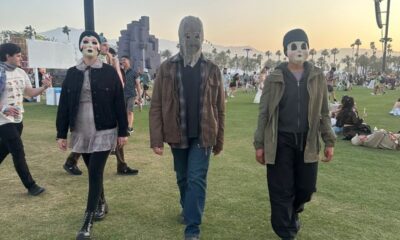
 Movies6 days ago
Movies6 days ago‘The Strangers’ Invaded Coachella in Instagramable PR Stunt
-

 Movies5 days ago
Movies5 days agoAnother Creepy Spider Movie Hits Shudder This Month
-
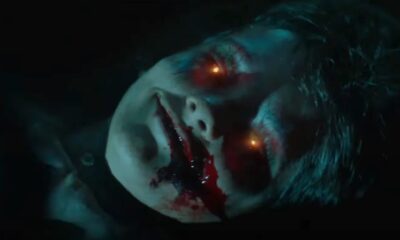
 Movies6 days ago
Movies6 days agoRenny Harlin’s Recent Horror Movie ‘Refuge’ Releasing in U.S. This Month
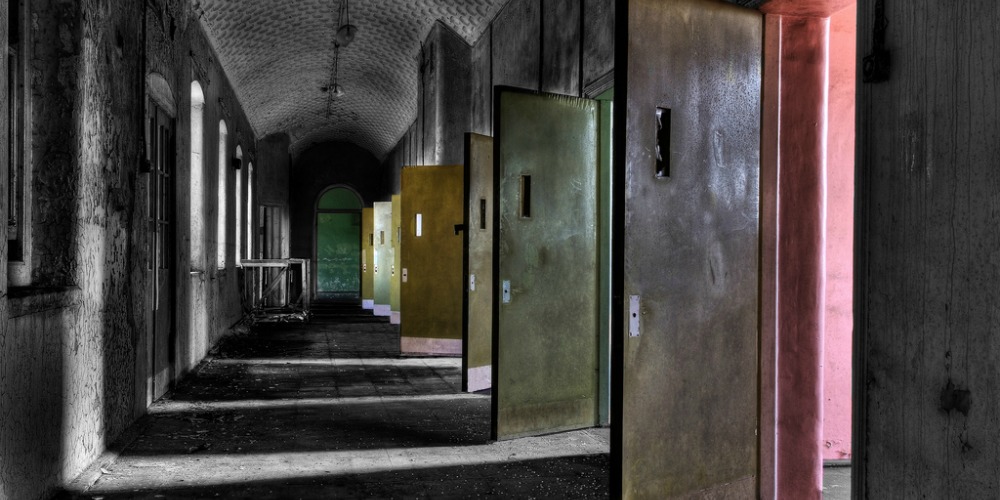


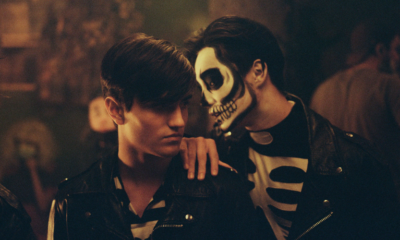



















You must be logged in to post a comment Login